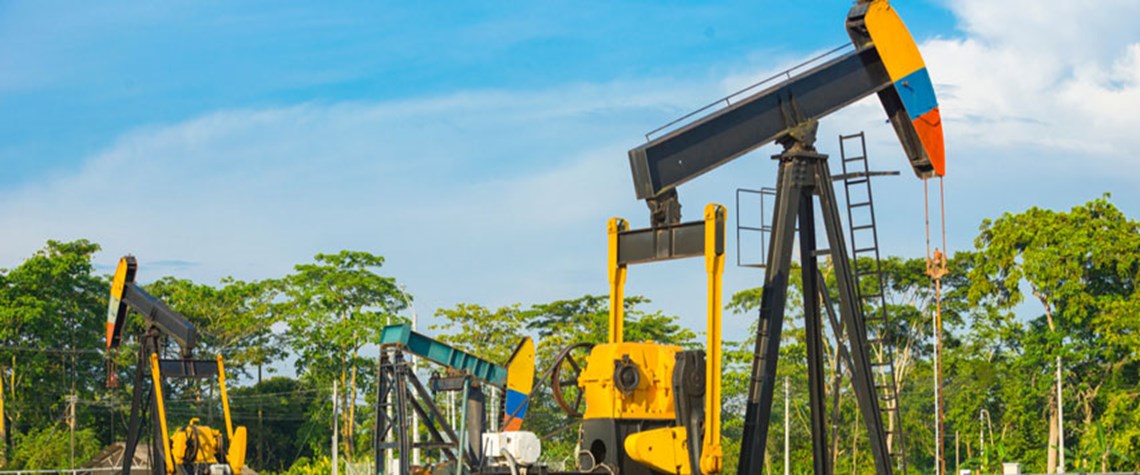Warning signs for Colombia’s upstream
The clock is ticking to prevent years of crude production decline ending the country’s ability to meet its own energy needs
Months of national protests last year dealt another blow to Colombia’s ambitions of reviving its flagging crude production. The country’s National Hydrocarbons Agency (ANH) estimates that output averaged just 736,397bl/d in 2021, down from 779,119bl/d the year before, which was already an 11-year low. “There has not been a significant increase in proven resource volume in years,” says Sofia Forestieri, an upstream analyst at consultancy Rystad Energy. “Crude resources total 1.8bn bl and, at the current rate, [Colombia] will only be able to sustain production for another five or six years.” Latin America’s third-largest oil producer reached peak production in 2013, with output at 990,000bl/d,

Also in this section
12 December 2025
The latest edition of our annual Outlook publication, titled 'The shape of energy to come: Creating unique pathways and managing shifting alliances', is available now
12 December 2025
The federal government is working with Alberta to improve the country’s access to Asian markets and reduce dependence on the US, but there are challenges to their plans
11 December 2025
The removal of the ban on oil and gas exploration and an overhaul of the system sends all the right messages for energy security, affordability and sustainability
10 December 2025
The economic and environmental cost of the seven-year exploration ban will be felt long after its removal







